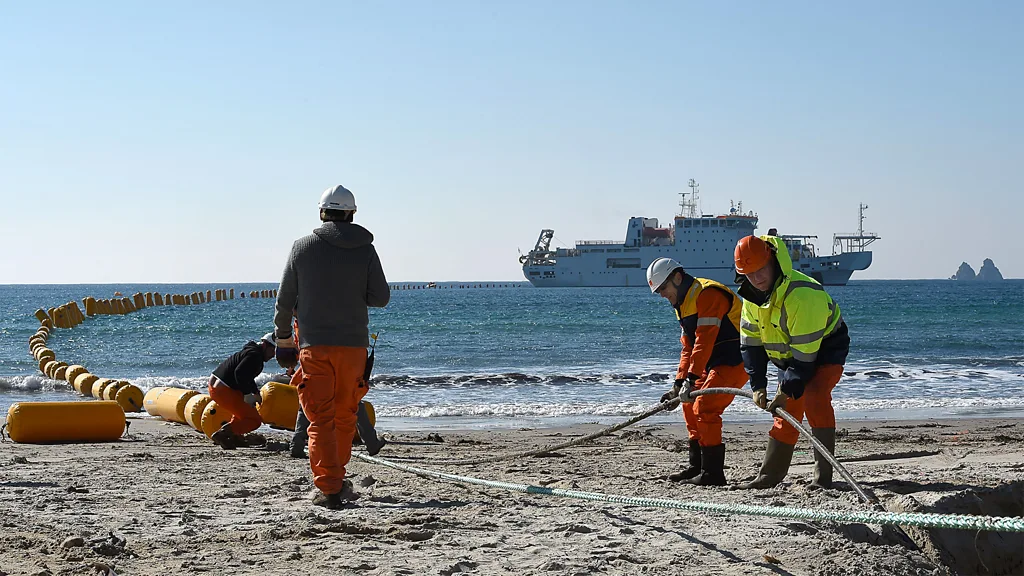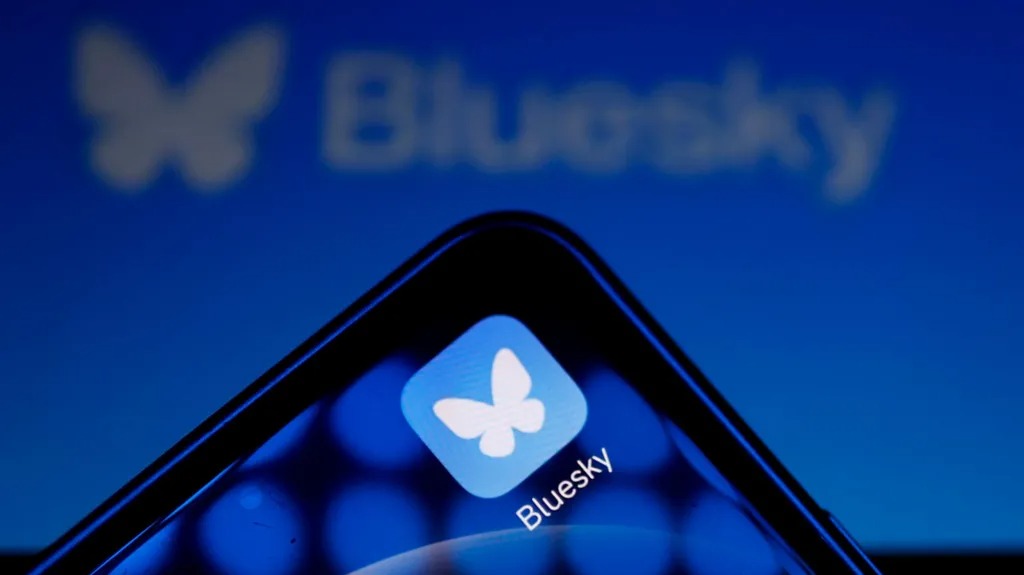
Deep-Sea Cable Repair, Subsea Cable Faults, Repairing Undersea Cables
Ninety-nine percent of the world’s digital communications rely on subsea cables. When they break, it can spell disaster for a whole country’s internet. How do we fix a fault at the bottom of the ocean? This question becomes crucial when considering the deep-sea cable repair efforts that help keep our modern communication networks operational.
The History of Subsea Cable Disruptions
On 18 November 1929, an earthquake off the coast of Newfoundland, Canada, triggered a submarine landslide that broke twelve transatlantic subsea cables in twenty-eight places. The snapping of these cables, which happened in sequence over several hours, led to the discovery of turbidity currents—underwater landslides that move along the seafloor.
Over the decades, the expanding network of deep-sea cables has led to surprising scientific discoveries. Accidental damage to these cables helped scientists gain insights into ocean movements, underwater landslides, and even the Mid-Atlantic Ridge. Today, these cables form the backbone of global digital communication, and deep-sea cable repair is an essential service that ensures uninterrupted connectivity.
How Our Data Travels Through Subsea Cables
There are 1.4 million km (870,000 miles) of telecommunication cables on the seafloor, responsible for transferring 99% of all digital data. These cables are usually around 2cm in diameter. Despite their importance, they remain vulnerable to damage, primarily from human activity, such as fishing nets and anchors that accidentally snag them.
To ensure the internet continues to run smoothly, an army of standby repair ships remains stationed strategically around the world. These vessels can reach a damaged cable within 10-12 days, repair it, and restore the connection. The entire process—from locating the fault to fixing it—can take one to two weeks, depending on the location and weather conditions.
How Deep-Sea Cable Repair Works
When a fault occurs, a repair ship is dispatched to the site. The crew uses a grapnel to retrieve the damaged cable and bring it to the surface. Once onboard, the crew analyzes the damaged section, repairs it, and tests it. The team then splices the optical fibers back together under a microscope to ensure a proper connection. After the repair, they lower the cable back into the ocean, and in shallower waters, they bury it in trenches to protect it from future damage.
Challenges and Innovations in Underwater Cable Repair
The repair and maintenance of deep-sea cables have led to unexpected scientific insights. These cables are now sometimes used as tools for research, detecting underwater movements, whales, and even earthquakes. However, climate change has made some areas more challenging to manage, like the Congo River, where increased flooding has led to more sediment damaging cables.
Subsea cable systems are also vulnerable to natural hazards, such as volcanic eruptions, which can disrupt connections for weeks. To counter this, countries often have multiple subsea cables, providing redundancy in the network. This redundancy helps prevent major disruptions when a single cable is damaged.
Keeping the Internet Running Smoothly
The global deep-sea cable network remains remarkably resilient, thanks to advances in technology and strategic planning. With increased awareness of cable locations, improved fishing and shipping practices, and a network of repair vessels, deep-sea cable repair efforts constantly evolve to ensure the internet keeps running.
“It’s for everyone’s benefit that the internet keeps running,” says Mike Clare, a marine environmental advisor. Ensuring the stability of our digital communication network requires collaboration, innovation, and the hard work of those who keep the cables below the ocean’s surface functioning.
Note: For more information, please visit the BBC News for the latest updates or check Kenkou Land for related content on underwater infrastructure.






